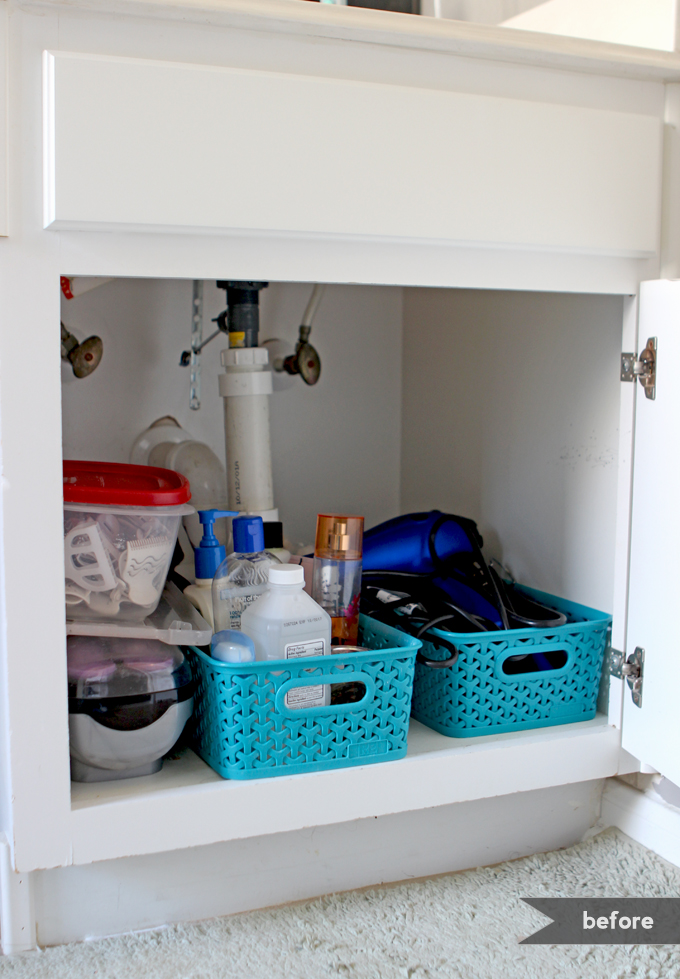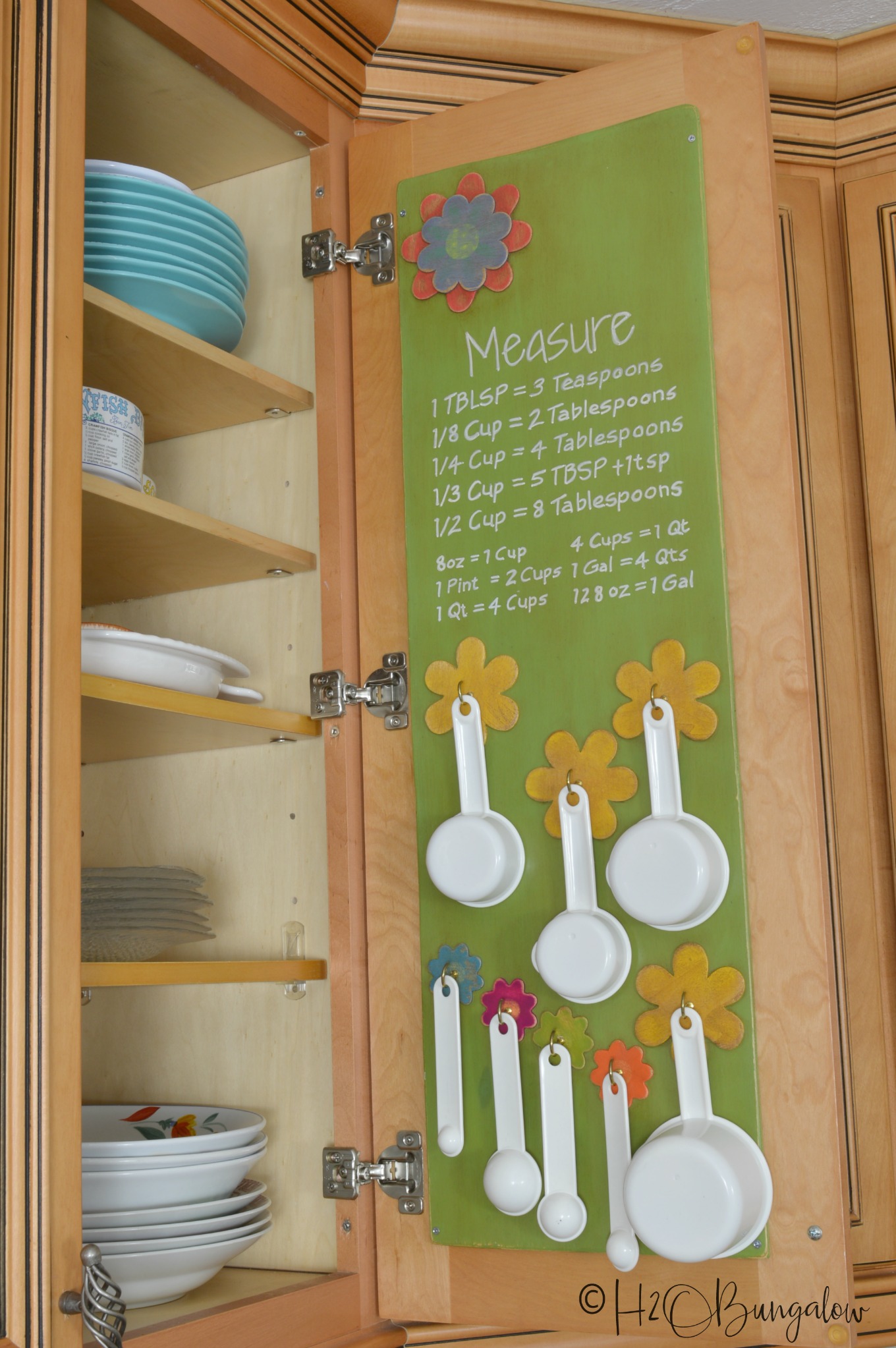To add shelves to a cabinet, measure the inside space, then cut and install the shelves accordingly. This straightforward process for adding shelves to a cabinet will help maximize storage and organization.
Whether you want to create more storage space in your kitchen, bathroom, or living room, adding shelves to a cabinet can be a practical solution. With just a few tools and the right materials, you can customize your cabinet to better suit your needs and improve the functionality of the space.
In this guide, we will walk you through the step-by-step process of adding shelves to a cabinet, ensuring that you have the knowledge and confidence to undertake this DIY project.

Credit: grayhousestudio.com
Choosing The Right Shelves
Learn how to effectively incorporate shelves into your cabinet. Opt for sturdy materials that complement your cabinet’s design for a seamless integration. Prioritize functionality and aesthetics to maximize storage space and enhance the overall look of your cabinet.
Measurements
Materials
Choosing the right shelves for your cabinet is essential for functionality and aesthetics.Measurements
Measure the interior dimensions of your cabinet to determine the necessary shelf size.
Create a diagram or jot down the measurements for reference.
Materials
- Melamine: Affordable and easy to clean.
- Wood: Provides a classic look perfect for traditional cabinets.
- Glass: Adds a modern touch and allows visibility.
Consider the purpose of the cabinet and the items you plan to store when selecting materials.

Credit: h2obungalow.com
Preparing The Cabinet
To prepare the cabinet for adding shelves, start by removing any existing shelves and hardware. Measure and mark the desired shelf placements before installing shelf brackets securely. Adjust shelves to level and enjoy the added storage space.
Clearing The Cabinet
Before adding shelves to your cabinet, ensure to clear out all items from inside.
Removing Existing Shelves
To begin, remove the existing shelves from the cabinet using a screwdriver.
- Unscrew any fastenings that secure the shelves in place.
- Carefully lift out the shelves and set them aside for future use or disposal.
Determining Shelf Placement
When adding shelves to a cabinet, start by determining the optimal shelf placement based on the items you plan to store. Consider the height and size of the items to maximize the space and ensure easy access. Additionally, take measurements to ensure the shelves are installed accurately for a functional and organized cabinet layout.
When adding shelves to a cabinet, determining the right placement is crucial for maximizing storage space and maintaining functionality. Proper spacing and height are key factors to consider in achieving the desired outcome. In this section, we will discuss both aspects in detail.
Spacing
Spacing the shelves correctly is essential to ensure that the cabinet can accommodate various items of different sizes without wasted space. Here are some tips to help you achieve optimal spacing:
- Consider the height of the items you plan to store in the cabinet. Measure the tallest item and ensure that the distance between the shelves is greater than its height to allow for easy removal.
- Avoid leaving excessive space between the shelves as it can limit the number of shelves you can add. Find a balance between spacing for functionality and maximizing storage capacity.
- Take into account the depth of the cabinet. If the cabinet is shallow, you may need to space the shelves closer to one another for better storage efficiency.
- Consider the size of the items you will most commonly store in the cabinet. This will help you determine the appropriate spacing between the shelves to accommodate those items comfortably.
Height
The height of each shelf is another crucial aspect to consider when adding shelves to a cabinet. Consider the following tips to achieve the desired height:
- Assess the items you plan to store and their dimensions. Adjust the height of the shelves accordingly to accommodate the tallest items without wasting vertical space.
- If you have items that vary in height, consider adjusting the shelves’ heights accordingly to provide flexibility in storage options.
- Divide the cabinet vertically into sections, with each section having shelves of varying heights. This can provide more efficient storage and easier access to specific categories of items.
By considering both spacing and height when determining shelf placement, you can transform your cabinet into an organized and efficient storage solution.
Installing The Shelves
Adding shelves to a cabinet can greatly enhance its functionality and organization. When it comes to adding shelves, the installation process plays a crucial role in ensuring the durability and stability of the shelves. In this section, we will discuss the key steps involved in installing the shelves, including marking the shelf placement and cutting the shelves to the appropriate size.
Marking The Shelf Placement
Before installing the shelves, it is important to mark the placement for each shelf within the cabinet. This can be done by measuring and marking the desired height for each shelf using a tape measure and pencil. Ensure that the markings are level and evenly spaced to create a balanced and visually appealing arrangement.
Cutting The Shelves
Once the shelf placements are marked, the next step is to cut the shelves to the appropriate size. Measure the dimensions of the cabinet interior to determine the length and width of the shelves. Using a saw, carefully cut the shelves to fit the measurements, ensuring that each shelf is accurately sized to fit within the cabinet without any overhang.
Securing The Shelves
Securing the Shelves in your cabinet is an essential step to ensure they can hold the weight of the items you plan to store. The method you choose will depend on the type of cabinet and your personal preference. Here are two popular methods for securing shelves in a cabinet:
Using Shelf Brackets
To add shelves using shelf brackets, you will need to purchase the appropriate brackets from a hardware store. Measure the height at which you want to place the shelf within the cabinet and mark the position on the sidewalls. Then, using a drill and screws, attach the brackets securely to the sidewalls at the marked positions. Finally, place the shelf on top of the brackets, ensuring it is level, and secure it in place using the provided hardware.
Using Cleats
A cleat is a strip of wood that is attached to the side walls of the cabinet to support the shelf. Cut the cleats to the desired length and mark their positions on the sidewalls. Use a level to ensure the cleats are straight, then attach them securely using screws. Once the cleats are in place, you can simply rest the shelves on top of them and they will be supported by the cleats.
Finishing Touches
Learn how to effortlessly add shelves to a cabinet with these simple step-by-step instructions. Enhance your storage space by following these easy DIY tips for the perfect finishing touches.
When it comes to adding shelves to a cabinet, it is important to pay attention to the finishing touches. These final details not only enhance the appearance of the cabinet but also contribute to its overall functionality. Two key finishing touches to consider are painting or staining and adding edge banding.
Painting Or Staining
If you want to give your cabinet shelves a fresh and vibrant look, painting is a great option. Start by sanding the shelves to create a smooth surface that allows the paint to adhere well. Then, apply a primer to ensure even coverage and better durability. Once the primer is dry, apply your desired color of paint using a paintbrush or roller, making sure to apply thin and even coats. Allow each coat to dry before applying the next one. Finally, seal the painted shelves with a clear coat to protect the finish from scratches and moisture.
If you prefer the natural beauty of wood, staining is an excellent choice. Begin by sanding the shelves to remove any existing finish or imperfections. Then, choose a wood stain that matches your desired color tone. Apply the stain with a brush or cloth, following the direction of the wood grain. Let the stain penetrate the wood for a few minutes before wiping off any excess. Allow the stain to dry completely, and then apply a clear finish, like polyurethane, to protect the shelves and enhance the color.
Adding Edge Banding
Edge banding is a technique that adds a polished and professional touch to your cabinet shelves. It involves applying a thin strip of material, such as wood veneer or PVC, to the exposed edges of the shelves. This not only protects the edges from damage but also creates a seamless and finished appearance.
To add edge banding, start by measuring the length and width of each shelf edge. Cut the banding material to the appropriate size, leaving a slight overhang on each side. Apply heat with a clothes iron or a specialized edge banding iron to activate the adhesive on the back of the banding. Press the banding firmly onto the shelf edge, using a roller or a block of wood to ensure a secure bond.
Once the banding is applied, trim the excess using a sharp utility knife. Be sure to hold the knife at a slight angle to prevent any visible jagged edges. After trimming, sand the edges lightly to smooth out any rough spots. The result is a professional-looking cabinet shelf with perfectly finished edges.

Credit: m.youtube.com
Frequently Asked Questions On How To Add Shelves To A Cabinet
How Can I Add Shelves To A Cabinet?
To add shelves to a cabinet, start by measuring the space and then select the appropriate materials. Next, plan the layout and install the shelves using brackets or shelf pins. Finally, secure the shelves in place and organize your items.
What Are The Best Materials For Cabinet Shelves?
For cabinet shelves, the best materials are sturdy wood, such as plywood or solid wood boards. These materials offer durability and can be customized to fit the specific dimensions of the cabinet. Additionally, consider using metal brackets or shelf pins for added support.
What Tools Do I Need To Add Shelves To A Cabinet?
To add shelves to a cabinet, you will need basic tools such as a measuring tape, drill, screws, level, and a saw for cutting the materials to size. Additionally, consider using a stud finder to locate the wall studs for secure installation.
How Do I Ensure The Shelves Are Level And Sturdy?
To ensure your shelves are level and sturdy, use a level to check the alignment during installation. Additionally, secure the shelves using appropriate hardware such as brackets or shelf pins. Distribute weight evenly and avoid overloading the shelves to maintain stability.
Conclusion
Adding shelves to a cabinet is a straightforward process that can enhance both the functionality and aesthetic appeal of the space. By following the step-by-step instructions provided in this blog post, you can confidently tackle this DIY project without any hassle.
Whether you are looking to organize your kitchen, display your favorite collectibles, or simply create more storage space, adding shelves to a cabinet is a cost-effective solution. So, go ahead and give it a try – you’ll be amazed at the transformation!
{ “@context”: “https://schema.org”, “@type”: “FAQPage”, “mainEntity”: [ { “@type”: “Question”, “name”: “How can I add shelves to a cabinet?”, “acceptedAnswer”: { “@type”: “Answer”, “text”: “To add shelves to a cabinet, start by measuring the space and then select the appropriate materials. Next, plan the layout and install the shelves using brackets or shelf pins. Finally, secure the shelves in place and organize your items.” } } , { “@type”: “Question”, “name”: “What are the best materials for cabinet shelves?”, “acceptedAnswer”: { “@type”: “Answer”, “text”: “For cabinet shelves, the best materials are sturdy wood, such as plywood or solid wood boards. These materials offer durability and can be customized to fit the specific dimensions of the cabinet. Additionally, consider using metal brackets or shelf pins for added support.” } } , { “@type”: “Question”, “name”: “What tools do I need to add shelves to a cabinet?”, “acceptedAnswer”: { “@type”: “Answer”, “text”: “To add shelves to a cabinet, you will need basic tools such as a measuring tape, drill, screws, level, and a saw for cutting the materials to size. Additionally, consider using a stud finder to locate the wall studs for secure installation.” } } , { “@type”: “Question”, “name”: “How do I ensure the shelves are level and sturdy?”, “acceptedAnswer”: { “@type”: “Answer”, “text”: “To ensure your shelves are level and sturdy, use a level to check the alignment during installation. Additionally, secure the shelves using appropriate hardware such as brackets or shelf pins. Distribute weight evenly and avoid overloading the shelves to maintain stability.” } } ] }

